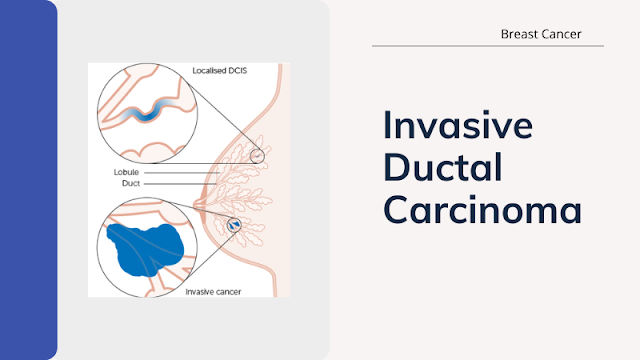Chemotherapy for multiple myeloma
If you have been diagnosed with Multiple Myeloma at the advanced or early stage, chemotherapy can be a feasible form of treatment to deal with the condition. With the use of anti-cancer drugs, the cancer cells are aimed to be destroyed. The medications can be taken orally or given intravenously to enter the bloodstream. This form of therapy is conducted in cycles, and each course of the cycle can continue for 4 to 6 months, depending on the response from the body. Since the drugs travel through the bloodstream, the precision can be relied on.
Side Effects of Chemotherapy for Multiple Myeloma
The chemo drugs can have a number of manageable and unmanageable side effects during the course of the treatment. The common ones include-
- Hair thinning or hair loss
- Mouth sores
- Loss of appetite and decrease in weight
- Nausea and vomiting
- The reduction in blood count which can enhance the risk of developing infection, anemia, and injury
Precautionary Measures of Chemotherapy
- Before starting chemotherapy, make sure to provide detailed information to the doctor about your medical history.
- Inform about all the medications that you are on at present, including herbal and vitamin supplements, to avoid risks later because the constituents of chemo drugs may react with the medicines and lead to severe conditions.
- It is essential to have a balanced diet with lots of fruits and vegetables while on chemotherapy.
- Avoid alcoholic beverages, processed food, and red meat.
Types of Chemotherapy
1. Intensive treatment or chemotherapy with a stem cell transplant-
Prior to this, the patient needs to combine medicines that include a targeted cancer drug, a chemotherapy drug with steroids.
The following drugs are essential for this treatment:
- Cyclophosphamide- Categorized as an alkylating agent, this chemotherapy drug is given intravenously or taken orally in pill form. It is prescribed along with other medications like Bortezomib, Thalidomide, and Dexamethasone. It is highly recommended to treat relapsed Multiple Myeloma as well.
- Doxorubicin- Patients who have received at least one therapy before but not, Bortezomib can be prescribed this drug. It is an intravenous drug that works perfectly in combination with Bortezomib. It can reduce the risk of disease progression and also deal with refractory conditions.
- Idarubicin- This drug is either prescribed alone or in combination with other chemo drugs. Idarubicin can inhibit an enzyme called topoisomerase 2 that refrains the cancer cells from dividing and creating new ones. It can also reactivate oxygen species that have a toxic effect on the cancer cells.
- Etoposide- Etoposide can bind to the topoisomerase 2 enzyme and block its action on the cancer cells. Not only that, but it is also responsible for increasing cellular mobilization in Multiple Myeloma patients. This chemotherapy drug is typically conducted with other therapies for a better outcome.
- Cytarabine- It is generally used in combination with other drugs to treat Multiple Myeloma. To be precise, this chemotherapeutic agent is prescribed for autologous stem cell transplantation.
- Cisplatin- Cisplatin 50 mg is an alkylating agent that is used in combination with dexamethasone, Etoposide, and Cyclophosphamide to treat refractory multiple myeloma cases. It is also classified as a platinum chemotherapy drug, i.e., one of the most potent and widely used cancer drugs. It is given through a short, thin tube in cycles that last over 3 to 4 weeks at a stretch. Other than that, it is also infused as a drip in your bloodstream intravenously.
- Melphalan- An alkylating agent, Melphalan 50 mg, is prescribed to patients with Multiple Myeloma to interfere with the process of cancer cell division and destroy both the diving and non-dividing tumor cells. This chemotherapy drug is infused intravenously at a high dose to destroy the cancer cells in the bone marrow. Melphalan inhibits RNA and DNA synthesis for this purpose. Note that it is also used as an oral agent along with targeted drugs at a low dose in some patients.
2. Chemotherapy without stem cell transplant-
patients who cannot opt for a stem cell transplant can benefit from chemotherapy combined with targeted therapy and steroids. The combination treatments are Melphalan, Prednisolone, Bortezomib and Cyclophosphamide, and Dexamethasone.
Conclusion
If the side effects increase or the toxicity increases to an intolerable level, the doctor will either pause the therapy or alter the dosage. Make sure to seek medical attention if you have symptoms like high fever with chills, infections, and shortness of breath.




Comments
Post a Comment